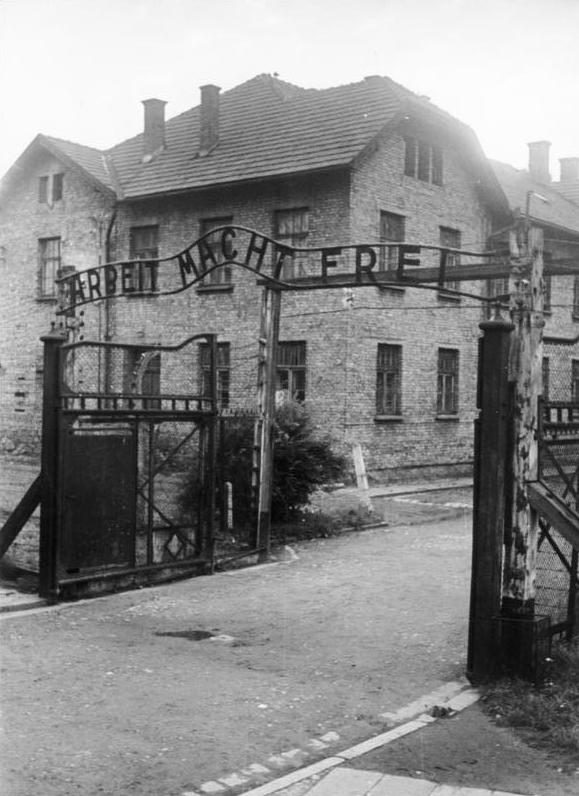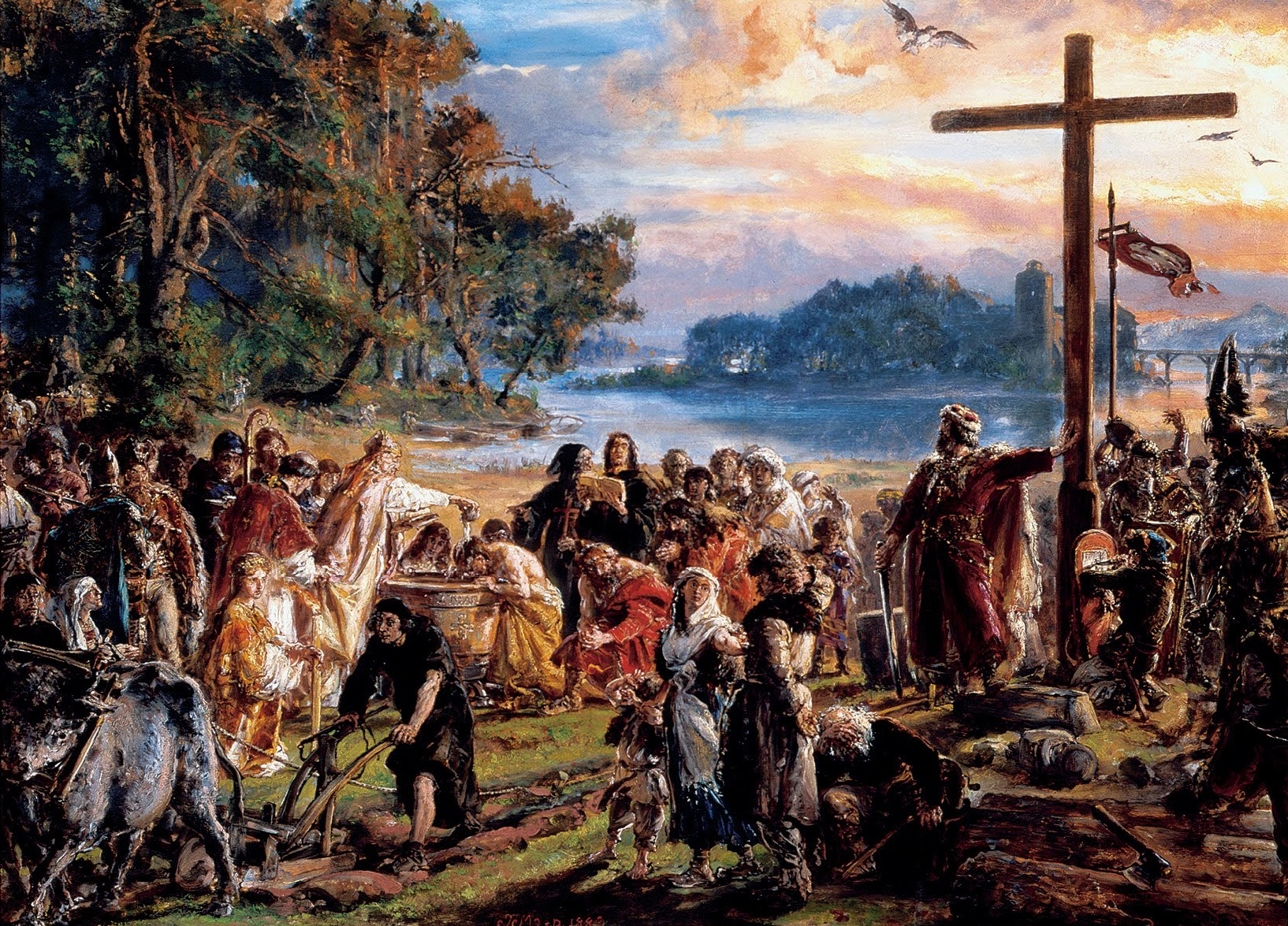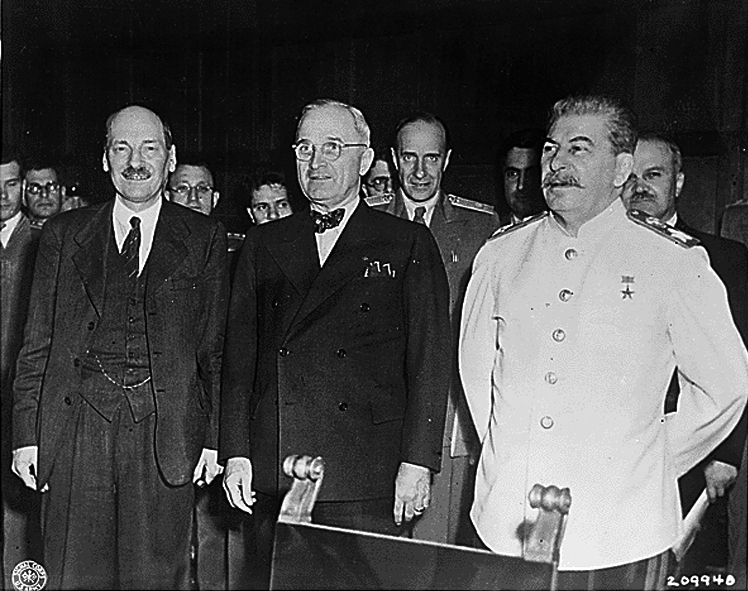|
Landkreis Ohlau
The District of Ohlau was a Prussian district in Silesia, which existed between 1742 and 1932 and then from 1933 to 1945. The district office was in the city of Ohlau. The territory of this district is now part of the Lower Silesian Voivodeship in Poland. History After conquering most of Silesia, King Frederick the Great introduced Prussian administrative structures in Lower Silesia by cabinet order on November 25, 1741. This included the establishment of two war and domain chambers in Breslau and Glogau as well as their subdivision into districts and the appointment of district administrators on January 1, 1742. In the course of the Stein-Hardenberg reforms in 1815, the district of Ohlau was assigned to Regierungsbezirk Breslau in the Province of Silesia. In the course of border adjustments between the Silesian administrative districts, the town of Wansen and the villages of Alt Wansen, Bischwitz, Halbendorf, Johnwitz, Knischwitz and Spurwitz were transferred from the Grottka ... [...More Info...] [...Related Items...] OR: [Wikipedia] [Google] [Baidu] |
Prussia
Prussia, , Old Prussian: ''Prūsa'' or ''Prūsija'' was a German state on the southeast coast of the Baltic Sea. It formed the German Empire under Prussian rule when it united the German states in 1871. It was ''de facto'' dissolved by an emergency decree transferring powers of the Prussian government to German Chancellor Franz von Papen in 1932 and ''de jure'' by an Allied decree in 1947. For centuries, the House of Hohenzollern ruled Prussia, expanding its size with the Prussian Army. Prussia, with its capital at Königsberg and then, when it became the Kingdom of Prussia in 1701, Berlin, decisively shaped the history of Germany. In 1871, Prussian Minister-President Otto von Bismarck united most German principalities into the German Empire under his leadership, although this was considered to be a " Lesser Germany" because Austria and Switzerland were not included. In November 1918, the monarchies were abolished and the nobility lost its political power durin ... [...More Info...] [...Related Items...] OR: [Wikipedia] [Google] [Baidu] |
Red Army
The Workers' and Peasants' Red Army (Russian language, Russian: Рабо́че-крестья́нская Кра́сная армия),) often shortened to the Red Army, was the army and air force of the Russian Soviet Federative Socialist Republic and, after 1922, the Union of Soviet Socialist Republics. The army was established in January 1918. The Bolsheviks raised an army to oppose the military confederations (especially the various groups collectively known as the White Army) of their adversaries during the Russian Civil War. Starting in February 1946, the Red Army, along with the Soviet Navy, embodied the main component of the Soviet Armed Forces; taking the official name of "Soviet Army", until its dissolution in 1991. The Red Army provided the largest land warfare, land force in the Allied victory in the European theatre of World War II, and its Soviet invasion of Manchuria, invasion of Manchuria assisted the unconditional surrender of Empire of Japan, Imperial Japan. ... [...More Info...] [...Related Items...] OR: [Wikipedia] [Google] [Baidu] |
1945 Disestablishments In Germany
1945 marked the end of World War II and the fall of Nazi Germany and the Empire of Japan. It is also the only year in which nuclear weapons have been used in combat. Events Below, the events of World War II have the "WWII" prefix. January * January 1 – WWII: ** Germany begins Operation Bodenplatte, an attempt by the ''Luftwaffe'' to cripple Allied air forces in the Low Countries. ** Chenogne massacre: German prisoners are allegedly killed by American forces near the village of Chenogne, Belgium. * January 6 – WWII: A German offensive recaptures Esztergom, Hungary from the Russians. * January 12 – WWII: The Soviet Union begins the Vistula–Oder Offensive in Eastern Europe, against the German Army. * January 13 – WWII: The Soviet Union begins the East Prussian Offensive, to eliminate German forces in East Prussia. * January 16 – WWII: Adolf Hitler takes residence in the ''Führerbunker'' in Berlin. * January 17 ** WWII: The Soviet Union occupies Warsaw, ... [...More Info...] [...Related Items...] OR: [Wikipedia] [Google] [Baidu] |
1933 Establishments In Germany
Events January * January 11 – Sir Charles Kingsford Smith makes the first commercial flight between Australia and New Zealand. * January 17 – The United States Congress votes in favour of Philippines independence, against the wishes of U.S. President Herbert Hoover. * January 28 – " Pakistan Declaration": Choudhry Rahmat Ali publishes (in Cambridge, UK) a pamphlet entitled ''Now or Never; Are We to Live or Perish Forever?'', in which he calls for the creation of a Muslim state in northwest India that he calls " Pakstan"; this influences the Pakistan Movement. * January 30 ** National Socialist German Workers Party leader Adolf Hitler is appointed Chancellor of Germany by President of Germany Paul von Hindenburg. ** Édouard Daladier forms a government in France in succession to Joseph Paul-Boncour. He is succeeded on October 26 by Albert Sarraut and on November 26 by Camille Chautemps. February * February 1 – Adolf Hitler gives his "Proclamation to the Ge ... [...More Info...] [...Related Items...] OR: [Wikipedia] [Google] [Baidu] |
1932 Disestablishments In Germany
Year 193 (Roman numerals, CXCIII) was a common year starting on Monday (link will display the full calendar) of the Julian calendar. At the time, it was known as the Year of the Consulship of Sosius and Ericius (or, less frequently, year 946 ''Ab urbe condita''). The denomination 193 for this year has been used since the early medieval period, when the Anno Domini calendar era became the prevalent method in Europe for naming years. Events By place Roman Empire * January 1 – Year of the Five Emperors: The Roman Senate chooses Pertinax, Publius Helvius Pertinax, against his will, to succeed the late Commodus as Emperor. Pertinax is forced to reorganize the handling of finances, which were wrecked under Commodus, to reestablish discipline in the Roman army, and to suspend the food programs established by Trajan, provoking the ire of the Praetorian Guard. * March 28 – Pertinax is assassinated by members of the Praetorian Guard, who storm the imperial palace. Th ... [...More Info...] [...Related Items...] OR: [Wikipedia] [Google] [Baidu] |
1742 Establishments In Prussia
Year 174 ( CLXXIV) was a common year starting on Friday (link will display the full calendar) of the Julian calendar. At the time, it was known as the Year of the Consulship of Gallus and Flaccus (or, less frequently, year 927 ''Ab urbe condita''). The denomination 174 for this year has been used since the early medieval period, when the Anno Domini calendar era became the prevalent method in Europe for naming years. Events By place Roman Empire * Empress Faustina the Younger accompanies her husband, Marcus Aurelius, on various military campaigns and enjoys the love of the Roman soldiers. Aurelius gives her the title of ''Mater Castrorum'' ("Mother of the Camp"). * Marcus Aurelius officially confers the title ''Fulminata'' ("Thundering") to the Legio XII Fulminata. Asia * Reign in India of Yajnashri Satakarni, Satavahana king of the Andhra. He extends his empire from the center to the north of India. By topic Art and Science * ''Meditations'' by Marcus Aurelius i ... [...More Info...] [...Related Items...] OR: [Wikipedia] [Google] [Baidu] |
Oława County
__NOTOC__ Oława County ( pl, powiat oławski) is a unit of territorial administration and local government (powiat) in Lower Silesian Voivodeship, south-western Poland. It was created on January 1, 1999 as a result of the Polish local government reforms passed in 1998. The county covers an area of . Its administrative seat is the town of Oława, and its only other town is Jelcz-Laskowice. As of 2019 the total population of the county is 76,723, out of which the population of Oława is 33,029, that of Jelcz-Laskowice is 15,803, and the rural population is 27,891. Neighbouring counties Oława County is bordered by Oleśnica County to the north, Namysłów County and Brzeg County to the east, Strzelin County to the south-west, and Wrocław County __NOTOC__ Wrocław County ( pl, powiat wrocławski) is a unit of territorial administration and local government (powiat) in Lower Silesian Voivodeship, south-western Poland. It came into being on January 1, 1999, as a result of the Poli ... [...More Info...] [...Related Items...] OR: [Wikipedia] [Google] [Baidu] |
Districts Of Prussia
Prussian districts (german: Kreise, literally "circles") were administrative units in the former Kingdom of Prussia, part of the German Empire from 1871 to 1918, and its successor state, the Free State of Prussia, similar to a county or a shire. They were established in the course of the Stein-Hardenberg Reforms from 1815 to 1818 at an intermediate level, between the higher provinces and the government districts (''Regierungsbezirke''), and the lower municipal governments ('' Gemeinden''). Then part of a modern and highly effective public administration structure, they served as a model for the present-day districts of Germany In the aftermath of World War I, the Prussian districts of Eupen and Malmedy (Belgium) were annexed by Belgium in 1925, thereby causing the presence of a German-speaking minority. Administration After the Napoleonic Wars and the 1815 Congress of Vienna, the Prussian lands were re-arranged into ten provinces, three of them— East Prussia, West Pru ... [...More Info...] [...Related Items...] OR: [Wikipedia] [Google] [Baidu] |
Jelcz-Laskowice
Jelcz-Laskowice is a town in Oława County, Lower Silesian Voivodeship, in south-western Poland. It is the seat of the administrative district (gmina) called Gmina Jelcz-Laskowice. It lies on the Odra (Oder) river, approximately north of Oława, and south-east of the regional capital Wrocław, within its metropolitan area. As of 2019, the town has a population of 15,803. History The town was created on January 1, 1987, as a union of the former municipalities of Jelcz (german: Jeltsch) and Laskowice (''Laskowitz''). It was best known for its large bus factory, owned by the company Jelcz S.A., though since the bankruptcy of that company the largest employers have been Toyota and the Mechanical Institute. The oldest traces of human settlement in present-day Jelcz-Laskowice date back to the Neolithic period. In the Middle Ages both Jelcz and Laskowice were part of the Kingdom of Poland ruled by the Piast dynasty. The first known mentions of both villages come from the ... [...More Info...] [...Related Items...] OR: [Wikipedia] [Google] [Baidu] |
Polish People
Poles,, ; singular masculine: ''Polak'', singular feminine: ''Polka'' or Polish people, are a West Slavic nation and ethnic group, who share a common history, culture, the Polish language and are identified with the country of Poland in Central Europe. The preamble to the Constitution of the Republic of Poland defines the Polish nation as comprising all the citizens of Poland, regardless of heritage or ethnicity. The majority of Poles adhere to Roman Catholicism. The population of self-declared Poles in Poland is estimated at 37,394,000 out of an overall population of 38,512,000 (based on the 2011 census), of whom 36,522,000 declared Polish alone. A wide-ranging Polish diaspora (the '' Polonia'') exists throughout Europe, the Americas, and in Australasia. Today, the largest urban concentrations of Poles are within the Warsaw and Silesian metropolitan areas. Ethnic Poles are considered to be the descendants of the ancient West Slavic Lechites and other tribes that inhabi ... [...More Info...] [...Related Items...] OR: [Wikipedia] [Google] [Baidu] |
Germans
, native_name_lang = de , region1 = , pop1 = 72,650,269 , region2 = , pop2 = 534,000 , region3 = , pop3 = 157,000 3,322,405 , region4 = , pop4 = 21,000 3,000,000 , region5 = , pop5 = 125,000 982,226 , region6 = , pop6 = 900,000 , region7 = , pop7 = 142,000 840,000 , region8 = , pop8 = 9,000 500,000 , region9 = , pop9 = 357,000 , region10 = , pop10 = 310,000 , region11 = , pop11 = 36,000 250,000 , region12 = , pop12 = 25,000 200,000 , region13 = , pop13 = 233,000 , region14 = , pop14 = 211,000 , region15 = , pop15 = 203,000 , region16 = , pop16 = 201,000 , region17 = , pop17 = 101,000 148,00 ... [...More Info...] [...Related Items...] OR: [Wikipedia] [Google] [Baidu] |
Potsdam Agreement
The Potsdam Agreement (german: Potsdamer Abkommen) was the agreement between three of the Allies of World War II: the United Kingdom, the United States, and the Soviet Union on 1 August 1945. A product of the Potsdam Conference, it concerned the military occupation and reconstruction of Germany, its border, and the entire European Theatre of War territory. It also addressed Germany's demilitarisation, reparations, the prosecution of war criminals and the mass expulsion of ethnic Germans from various parts of Europe. Executed as a communiqué, the agreement was not a peace treaty according to international law, although it created accomplished facts. It was superseded by the Treaty on the Final Settlement with Respect to Germany signed on 12 September 1990. As De Gaulle had not been invited to the Conference, the French resisted implementing the Potsdam Agreements within their occupation zone. In particular, the French refused to resettle any expelled Germans from the eas ... [...More Info...] [...Related Items...] OR: [Wikipedia] [Google] [Baidu] |




.jpg)



